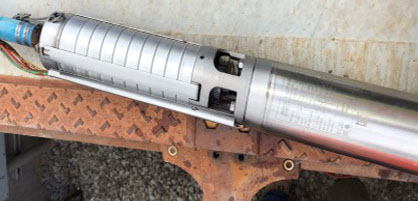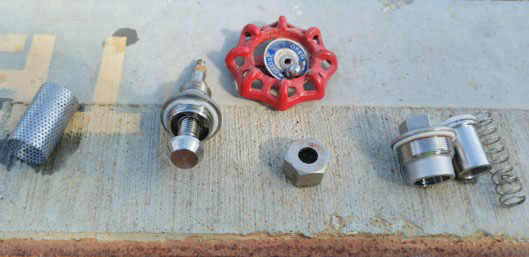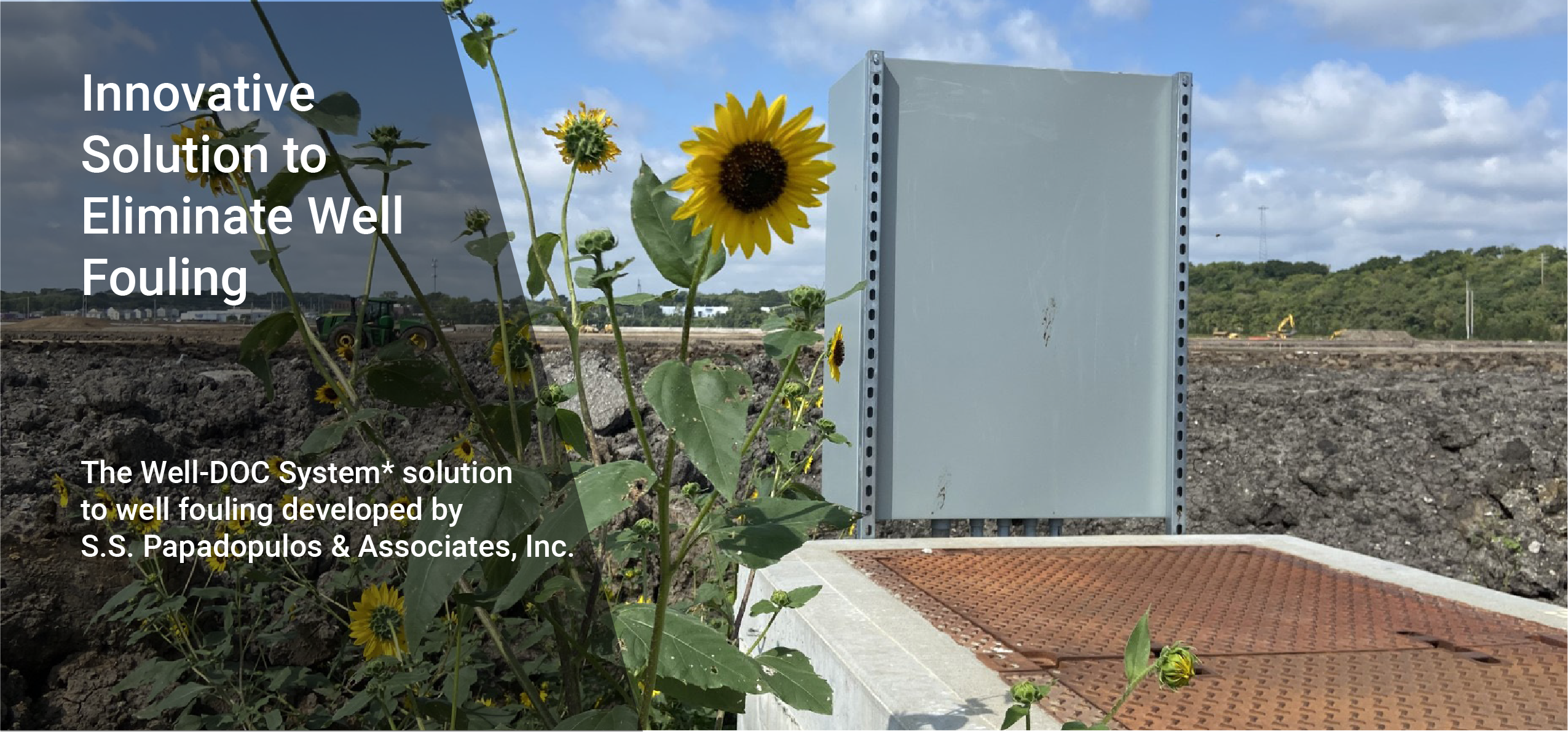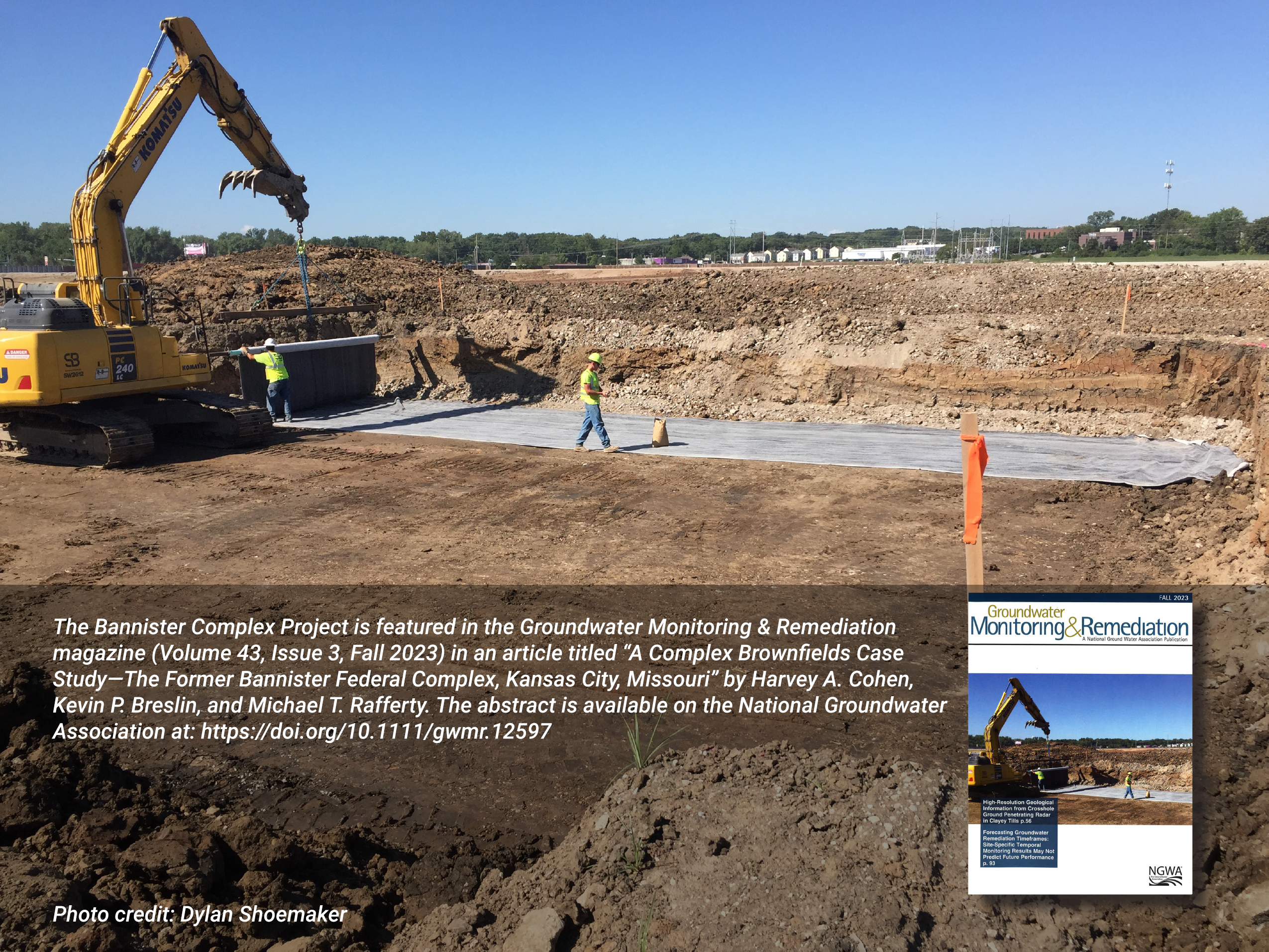Well-DOC System* – Innovative Solution to Eliminate Well Fouling
Stop well fouling in its tracks
Key Benefits
How it works
Stop well fouling before it stops your pumps: Well fouling is a common condition that well owners are familiar with. The SSP&A Well-DOC System targets conditions that facilitate fouling by eliminating the introduction of atmospheric oxygen to the well. Oxygen is a known growth condition that aids biological fouling and inorganic fouling and scaling. By removing the atmospheric oxygen from the well, the precipitation and scaling of certain inorganics (e.g. iron, manganese, etc.) is prevented. Biological growth dependent on oxygen or oxidized products may in turn be limited. Long-term control of well fouling dependent on oxygen can be achieved using SSP&A’s Well-DOC System.
The SSP&A Well-DOC System was shown to be superior to traditional treatment methods (e.g. chlorination) and keeps wells and pumps cleaner longer than traditional chemical and scrubbing treatment processes.
Case Study
As the environmental contractor at the former Bannister Federal Complex brownfields site in Kansas City, Missouri, SSP&A and Bannister Transformation and Development LLC inherited wells historically plagued with heavy fouling. The ongoing problem was heavy biological and inorganic fouling, which showed limited improvements with traditional rehabilitation efforts. Using traditional methods, well conditions would begin to decline in as few as six weeks after treatment. SSP&A developed the innovative Well-DOC System to solve this problem.
In early 2019, SSP&A began a year-long pilot test. Within six weeks, it was apparent the Well-DOC System was a success. Wells which normally would have experienced fouling were free of precipitates and scaling. 14 months after initial implementation, the pilot study wells were still free of fouling and suffered no fouling-related pumping declines. The success of the pilot system led to Department of Energy funding to expand the Well-DOC System nearly site-wide. The system continues to operate successfully more than two years after implementation.
Well-DOC Cost Savings
Well-DOC Cost Savings Based on historical well maintenance records, annual treatment costs averaged ~$140,000 per year. After development and implementation of the SSP&A Well-DOC System, annual treatment costs are ~$20,000 per year; a savings of ~$120,000 or an 85 percent decrease in costs.
Related Project
Demonstrated Performance Improvements
Project success continued beyond the initial pilot study. The following conditions were observed in the first 14 months after the study ended:
May 2019
Six weeks into Well-DOC treatment:

October 2019
Six months of treatment with no cleaning:

July 2020
14 months later:

REFERENCE
Griffin, Shelly, and Petersen, Benjamin. Well-Fouling Abatement System and Method for Wells. U.S. Patent No. 11619113. Filed June 22, 2021. Published April 4, 2023.



